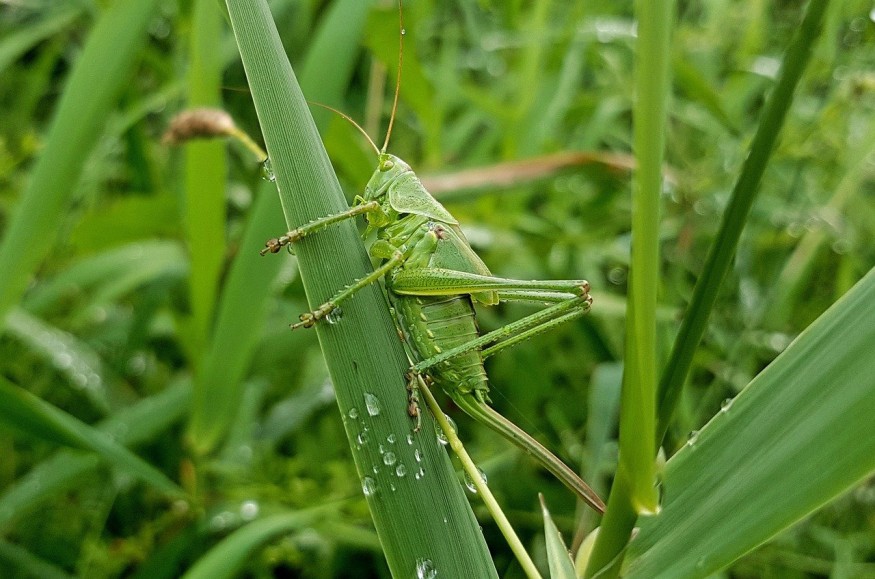Scientists recently revealed the unfortunate tale of a man after analyzing his 1,000-year-old mummy. According to the researchers at the University of Nebraska-Lincoln, the man was so constipated that his colon swelled so much, which pushed his spine and killed him.
The mummy was discovered in 1937 in the Lower Pecos Canyonlands of modern-day Texas by Guy Skiles. Upon analysis, the researchers found that the man was suffering from Chagas disease, which is a parasitic illness that caused his colon to swell six times its original size.
His colon was so full of digested and undigested food that scientists were able to identify the grasshoppers in his diet. Miami Herald reported that the mummy ate grasshopper for three months before his death.
Mummy Analysis: The Man Who Ate Grasshoppers

An uncommon diet during his time, the family, or perhaps his community fed him with grasshoppers. Karl Reinhard, a forensic science professor at the university, said that the family have given the man the squishable part of the grasshopper by removing the insect's legs. Since grasshoppers are a good source of protein and high in moisture, it was easier for him to eat it during the early stages of his megacolon.
Scientists first studied the mummy in the 1970s and 1980s and when it was loaned to the Institute of Texan Cultures in 1968.
In 2003, Reinhard and his team reported that they had found 2.6 pounds (1,170 grams) of feces inside the mummy and a vast amount of undigested food, which led to severe swelling of his colon. This information has made the researchers conclude that the man was constipated when he died and suffered from malnourishment since his body can no longer process the food he eats.
Researcher Julia Russ found phytoliths, tiny structures found in plant tissues, inside the mummy's body after using scanning electron microscopy, LiveScience reported.
"The phytoliths were split open, crushed. And that means there was incredible pressure that was exerted on a microscopic level in this guy's intestinal system, which highlights even more the pathology that was exhibited here," Reinhard said.
He added that what they discovered in the man is a unique addition to the annals of pathology, specifically the level of intestinal blockage and the pressure that is associated with it.
The man's story will be part of the forthcoming book "The Handbook of Mummy Studies" that will be published alongside two other mummy stories, in which one of these is the five to six-year-old child who died 500 to 1,000 years ago in Arizona.
Reanalyzed Remains of 5-year-old Boy From Arizona
Aside from the man with the grasshopper diet, the team also reanalyzed the 5-year-old boy's body that was discovered about 750 years ago in southern Utah. According to reports, the boy and his people enjoyed a variety of plants and animals for their diet and that includes the nutritious ricegrass.
The team said that they still found seeds of the ricegrass inside the child's intestines, even though it was not easy to come by during that time. The researchers also said that gathering the plant was inefficient because an hour of harvesting it only yields 400 calories, but perhaps at that time, it was the best option to nourish the child in early summer when other food source was scarce.
"We can look at the experimental archaeology that shows us how difficult it is to collect those seeds. Then we can interpret that there were a lot of people helping this child survive," according to Reinhard.
Check out more news and information on the Archaeology Science Times.
© 2026 ScienceTimes.com All rights reserved. Do not reproduce without permission. The window to the world of Science Times.












